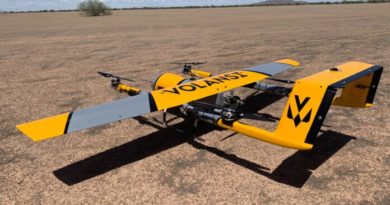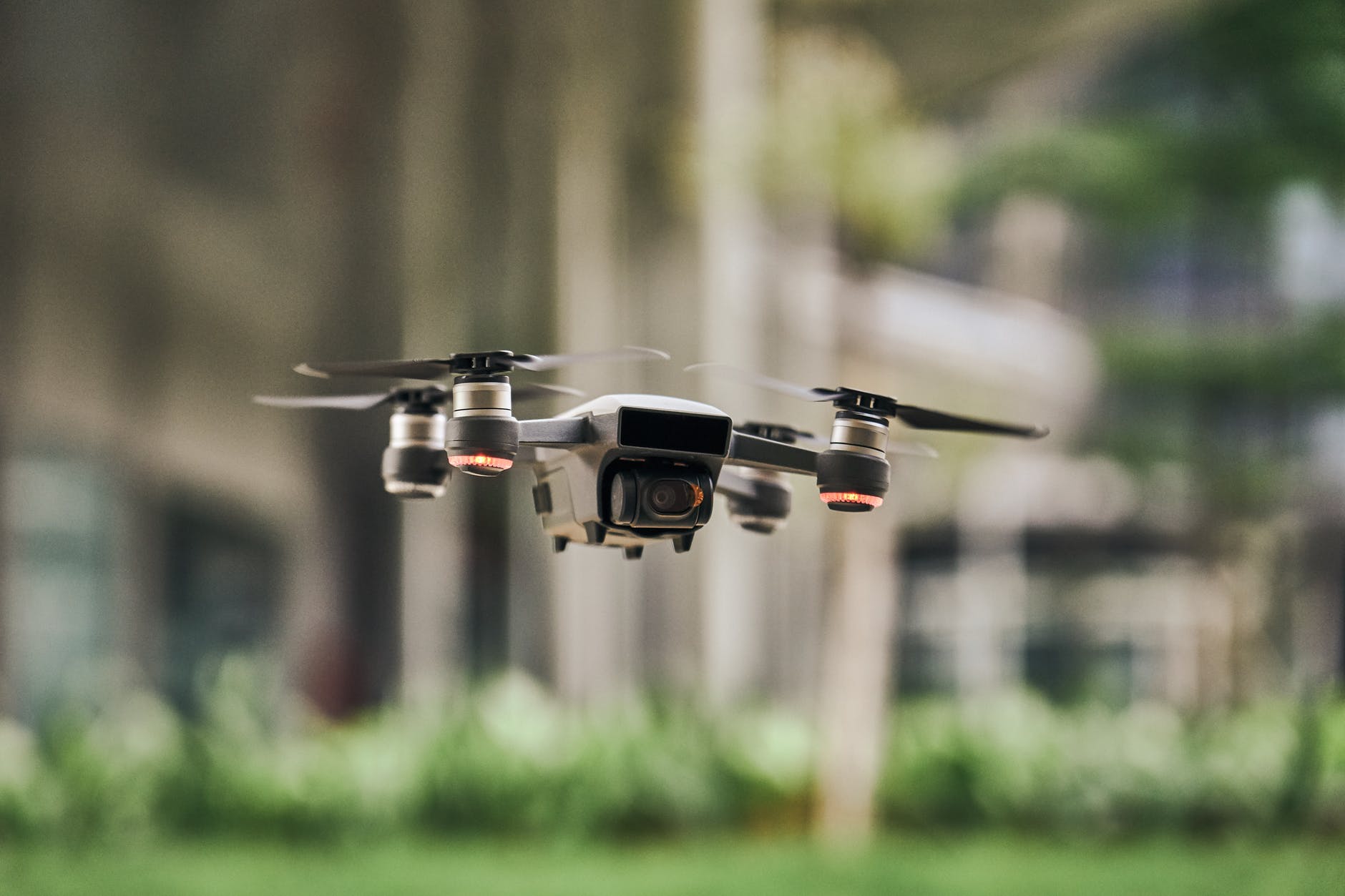Do Drones Have a Place in Manufacturing?
By Megan Ray Nichols
Drones were probably always destined to become a big deal. What’s more surprising than their popularity, however, is the sheer number and variety of applications in which drones are finding themselves useful. Before too long, drones might even be the new normal — not for kids and adult hobbyists, but for industries of all kinds.
Is manufacturing soon to follow? Many signs point to “yes.”
How Can Drones Improve Manufacturing Operations?
There are several areas in which drones stand to benefit manufacturing companies, including the speed, safety and efficiency of operations. Here’s a look at how they might accomplish that.
- Light material handling within facilities: Picture a busy assembly plant or another kind of facility, with employees and vehicles dashing around, maintenance personnel coming and going and the maze of bollards, decking and railings humans and machines must navigate safely. Now, imagine the benefits of reducing some of that foot traffic by using drones to fly parcels and replacement parts overhead, to employees who’d otherwise see their efficiency drop to close to zero while waiting for their materials to arrive. Drones equipped with RFID, sensors and GPS could also locate merchandise, raw materials and parts more efficiently than human workers can.
- Visual inspection of the premises and infrastructure: Manufacturing plants can be imposing structures. Before too long, industries will deploy drones in higher numbers to perform inspections, in responding to broken boiler pipes, for example, and to get a closer look at damage or maintenance issues that spring up at the change of the seasons, including the toll ice and snow can take on a building’s exterior.
- Warning of problems in agricultural settings: Agriculture is another compelling application for drones in manufacturing and production. Farms of all sizes can use drones to obtain incredibly detailed aerial photos and videos of vast acreage. Farmers can discover, in real time, potentially problematic conditions like water stress, the effects of over-fertilization, pest infestations and more, before they spiral further and cause crop failure and lost profits. Using drones in this way can also help reduce fertilizer and water use, which both saves money and lessens environmental impact.
- Improved safety for human workers: Working at height, retrieving products from tall racking, troubleshooting dangerous equipment during work stoppages, responding to spills and navigating mezzanines are all challenging and potentially hazardous tasks. In time, drones could remove a lot of this work from our plates. Drones can even make it to emergency sites faster than human responders can — as UPS recently demonstrated — and bring needed supplies such as EpiPens, inhalers and more to out-of-the-way locations or hard-to-reach parts of facilities, mines, oil fields and more.
Right now, the real estate and photography sectors are the majority of drone users in industry, while manufacturing represents a relatively unimpressive 1.5 percent. Things can only improve from here, however, given the potential applications we’ve just discussed, as well as many more we haven’t even considered yet.
Do the Benefits Outweigh the Drawbacks?
There are a few caveats to keep in mind as we explore the benefits of drones in our manufacturing facilities and processes.
The first involves pathfinding and communication. At the Abundance 360 Summit in 2017, Qualcomm demonstrated what’s possible with a proprietary drone navigational program. Audience members witnessed the company’s 3D-printed drones deftly maneuvering past and weaving between stacks of containers, much as they would in a warehouse.
It appears drone makers have the pathfinding problem in their sights, but facility managers may find it prudent to rethink the layout of their warehouses and production facilities just the same, to avoid potential collisions and other interference. On the other hand, rearranging warehouse racking and rethinking common storage paradigms could be in the cards anyway. With drones picking materials from warehouse racking, versus humans piloting order pickers or lift trucks, we’ll be able to think vertically a lot more than we do now, and take advantage of heretofore untapped empty spaces.
There is also the matter of programming specialty drones to recognize and react appropriately to specific types of hazards which human workers are more accustomed to dealing with, such as welding arcs in automotive plants. As with driverless cars, many “fringe” issues pose a challenge to the technology in its current state, and require careful calibration before some of these manufacturing drones reach the market in more significant numbers.
Liability remains a somewhat under-explored aspect of bringing drones into manufacturing facilities, too. One one hand, drones may release companies from some of the risks associated with sending workers into less-than-ideal situations and environments. On the other, those same companies bear responsibility for operating drones safely and with employee privacy in mind. The FAA’s guidelines for drone flight in open outdoor spaces become more, not less, relevant, as drones join us indoors, where there’s considerably less freedom of movement.
The Future of Drones in Manufacturing
Notwithstanding the current technological limitations, and with some unanswered questions about liability, it’s clear drones have an exciting future in manufacturing and other industries. In the construction sector, 92 percent of companies using drones see a return on their investment within one year. The picture is a little less clear in terms of the manufacturing industry’s ROI, as it’s a somewhat more novel use for drones. But as you’ve seen here, the sky is literally the limit when it comes to improving the efficiency, safety and organization of our manufacturing and distribution processes.
Guest post by Megan Ray Nichols
https://schooledbyscience.com/
Megan Ray Nichols is a freelance writer and the editor of Schooled By Science.
- Do Drones Have a Place in Manufacturing? – April 26, 2019
- Here’s How Drones Reduce Costs in the Energy Sector – September 18, 2018
- Geoscience Research Improved by Drones – July 8, 2018
- Businesses Are Going to Great Lengths to Protect Themselves from Drones – April 27, 2018
- Do Drones Have a Future in Manufacturing? – March 13, 2018



